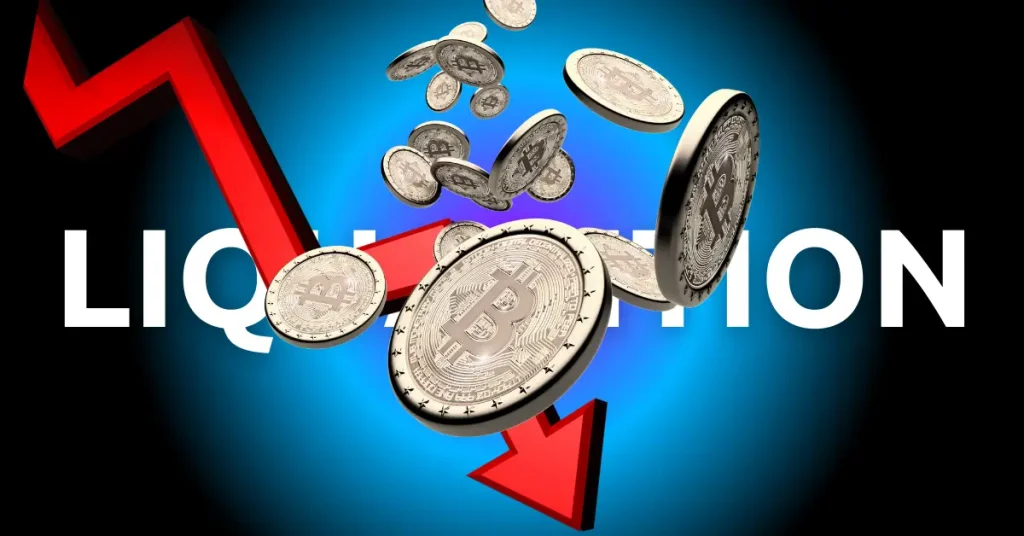
While Ethereum price charts appear gloomy at first glance, a pattern from 2020 is forming that can trigger fresh rallies for ETH. Crypto analyst Carl Moon says the difference between Ethereum’s price and its realized price is a setup for a parabolic rally in the future.
Ethereum Price To Recapture $2,000 Within Days
Crypto expert Carl Moon says that Ethereum’s poor run of form is reaching its end after prices mirrored a historical pattern. According to Moon’s post on X, the Ethereum price currently trades far below its realized price of $2,000.
Realized price, also known as true cost basis, is the average price of circulating assets at their last on-chain transaction.
Moon notes that this is the first time that the Ethereum price has fallen below its realized price in nearly five years. A previous occurrence in early 2020 saw the Ethereum price slump from $283 to almost $100, far below its realized price.
The crypto analyst highlights the impressive rally that followed the slump below the realized price back in 2020. At the time, the ETH price stage a short-term recovery to surge past the $283 mark before going on to cross the $4K mark.

“Ethereum is below the realized price of $2,000. This is a rare event,” said Moon. “The last time this happened was in March 2020, when ETH dropped from $283 to $109. Notice how quickly ETH recovered.”
As ETH grapples with $1,500, Moon says ETH’s price is far below its realized prize of $2,000, a clear signal of bottoming behavior.
Weakening Demand For ETH Despite Cyclical Pattern
Crypto analyst Vasu Crypto has taken swipes at Ethereum over its weakening demand in recent months. The analyst notes while the underlying technology is solid, low demand has negatively affected its price economy.
Per Vasu, new blockchains like Solana, Sui, and layer 2 protocols are aping into Ethereum’s market share. Their speed and lower transaction cost have cast doubt over Ethereum becoming deflationary again.
“The supply is increasing, but there’s no strong demand coming,” said Vasu.
World Liberty Financial is selling off its ETH holdings at a loss, signaling a loss of institutional appetite for the ETH. Standard Chartered lowered their prediction for Ethereum price to $4,000 from $10,000 after a shoddy performance in Q1.
Furthermore, even grimmer predictions continue to hover around the Ethereum price. Bitcoin critic Peter Schiff predicts that an ETH drop below $1,000 is in play given cyclical behaviour from 2022.
The post Ethereum Price Signals Strong Recovery After Forming Historical Pattern From 2020 appeared first on CoinGape.









